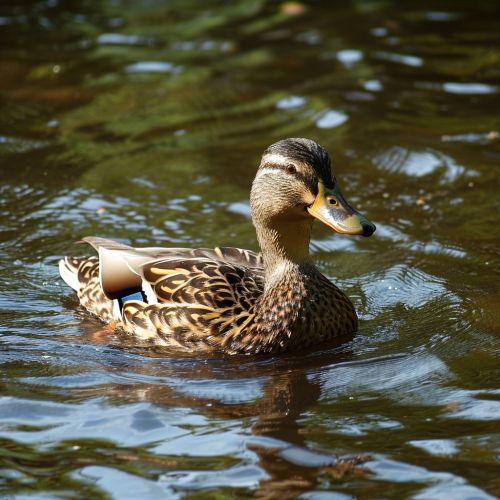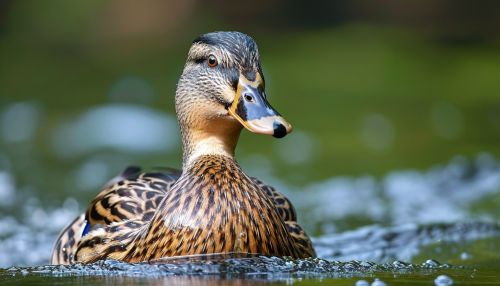Netta
Introduction
Netta is a genus of diving ducks, commonly referred to as the pochards or scaups. The genus is characterized by its stout body, broad bill, and diving behavior. It is a part of the Anatidae family, which also includes swans and geese. The genus Netta is widely distributed across the globe, with species found in Europe, Asia, Africa, and the Americas.
Description
Members of the Netta genus are medium to large-sized ducks, typically measuring between 40 and 60 cm in length. They have a robust body, a broad bill, and a relatively large head. The plumage varies between species and between males and females within a species. Males generally have more vibrant and contrasting colors, while females have more subdued and camouflaged plumage.
Behavior
Netta ducks are known for their diving behavior. Unlike many other ducks that feed by dabbling or upending, Netta ducks dive under the water to forage for food. They are omnivorous, feeding on a variety of aquatic plants, insects, and small fish.
Reproduction
Netta ducks are monogamous, with pairs forming during the winter months. The female lays a clutch of eggs, usually between 6 and 12, in a nest built near water. The eggs are incubated for about a month, after which the ducklings hatch. The ducklings are precocial, meaning they are able to feed themselves shortly after hatching.
Species
There are four recognized species in the Netta genus:
- Red-crested Pochard (Netta rufina): This species is found in southern Europe and Asia. It is named for the male's distinctive red crest.
- Rosy-billed Pochard (Netta peposaca): This species is native to South America. The male has a distinctive rosy-red bill.
- Southern Pochard (Netta erythrophthalma): This species is found in Africa, South America, and the Indian subcontinent.
- Pink-headed Duck (Netta caryophyllacea): This species was native to India and Myanmar but is now considered extinct.
Conservation
The conservation status of Netta species varies. The Red-crested Pochard and Southern Pochard are listed as "Near Threatened" by the IUCN, while the Rosy-billed Pochard is listed as "Least Concern". The Pink-headed Duck is considered extinct, with the last confirmed sighting in the wild in 1949.


